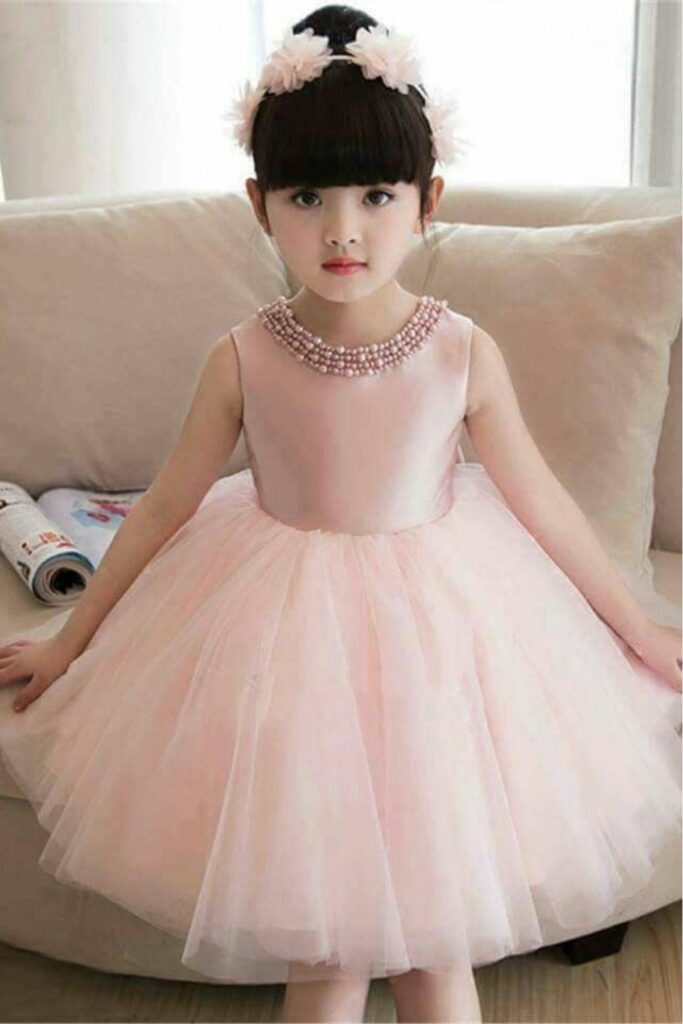Combining red and white, pink is both powerful and soft and I have to admit, one of my favourite colours. However, for a long time, I did not like it at all and even rejected it. As someone who did not identify as a ‘girly girl’, it wasn’t so much that I hated pink but I felt the need to rebel against the idea that pink is for girls. As I grew up, I realised how absurd it was and started to question why I felt this way for so long.
While research confirms that girls tend to prefer and wear more pink, this distinction comes at play later than we think. In fact, studies have shown that until the age of 2, there is hardly any difference between boys and girls when it comes to their tastes. When questioned about their favourite colour, pink actually didn’t make it high on the list. So when exactly did pink become a signifier for ‘girlishness’ and femininity?

While specialists fight over the origins of pink as a feminine colour, they all agree that it is a very modern idea. A century ago, many boys also dressed in pink and even wore dresses. Some of them even argue that in the second half of the 19th century, blue was preferred for girls and pink for boys because pink derived from a stronger colour and therefore was deemed more suitable.
Historian Jo B. Paoletti who published ‘Pink and Blue: Telling the Boys from the Girls in America’ explains that the shift happened very gradually and was probably created by manufacturers in the 40s in the United States. However, it is only in the mid-80s that the gender colour association as we know it really solidified with the spread of prenatal testing, which allowed parents to find out the gender of their baby. This opened a new market for manufacturers who jumped on the boat and decided to develop a range of products to accompany this new process and distinguish boys and girls. This included the ‘pink for girls’ and ‘blue for boys’ trend. Ever since, the gender colour coding became a general visual marker to promote products associated to a certain gender, even for adults!
Beyond the gender distinction, pink is often associated to specific stereotypes. Perceived as superficial, childish and frivolous, many people shy away from wearing it because they are scared not to be taken seriously. If pink is a feminine colour, then it says a lot about how women are considered in our society today. After all, stereotypes often reflect the world we live in. However, the perception of pink differs in different areas in the world! For example, in Northern-India, pink is not seen as feminine and is commonly worn by men as part of their garments.
In recent years, pink has experienced a rebranding as many feminist groups reappropriated the colour in order to promote their ideas and the concept of strength. This led to a revival of the colour which is praised more than ever. This is great news as it shows that gender stereotyping bias seems to be running out of steam, even though it will take more time for it to completely disappear. While we won’t get rid of every gender stereotypes just yet, enriching them to take into account people’s complexity and their multi-faceted nature is a great step forward!
-Claire Rochet
Guest Contributor
Girl Museum Inc.
